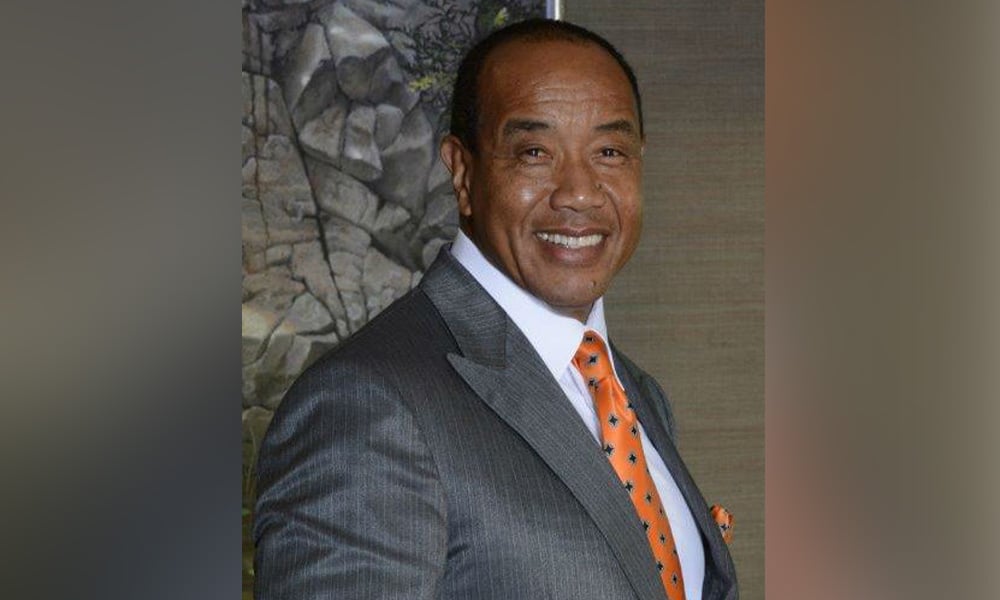Fixed income expert explains how mood has shifted over Bank of Canada’s hawkishness

Anxiety levels over a hawkish Bank of Canada have eased in the past month after a perceived pullback in its interest rate-raising roadmap.
Kevin Flanagan, WisdomTree ETF’s senior fixed income strategist, said that if you go back as recently as October after the Bank’s last meeting, there was an expectation it was really going to step up tight with the US Federal Reserve and be one of the most aggressive central banks in the developed world in relative terms.
But Flanagan said: “There’s been a pullback of sorts. Some of it has to do with what’s happened here in the US and obviously a reassessment of conditions and what’s happening in Canada as well.
“If you look at expectations for central bank policy going forward in Canada you are just not seeing the same degree of anxiety that you saw as recently as six or seven weeks ago. Looking at implied probabilities for the current rate for the Bank of Canada, they don’t have policymakers moving north of where I am until April of next year. You have probably moved that on by a meeting or two from where we were.”
Flanagan said the Barbell strategy is resonating with investors as they look to marry a blend of short- and long-duration bonds to cope with the uncertainty over the pace of rate hikes.
“It’s not normal to go into a calendar year with rate certainty,” he said. “That seemingly is where we were 12 months ago but we’re not there anymore. That’s why I think the Barbell approach does take two important fixed income needs into consideration.
“We’re not trying to get a home run but some offensive zone type of combination is really where we’re trying to focus on.”
The fall of the Canadian ten-year to a little over 2% means investors should be wary of rate hike risk but they also have to take into account the fact it likely won’t be happening as fast as previously thought.
Flanagan said: “How do we balance the two together? I think that’s what investors are coping with to begin 2019, trying to wrestle with these approaches.”
About $5 billion flowed into fixed income ETFs in 2018, however this is on pace to come in below 2017 levels as a result of the multiple rate increases. While the theme in 2017 was based around income needs, the sentiment appears to be shifting to rate protection strategies for next year.
Flanagan said: “It wouldn’t surprise me given where rates have risen from that you see some improvement in flows in 2019 versus 2018 because while you could get more rate increases, perhaps we have taken a lot into consideration already.”
Follow WP on Facebook, LinkedIn and Twitter



